
OTTOMAN IMPERIAL MOSQUES
These mosques were commissioned by Ottoman sultans or members of the royal family. They were typically built as külliye, complexes centred around a mosque and surrounded by madrasas, kitchens and other charitable institutions.
The great imperial architect Mimar Sinan, who served for 50 years, designed many of Istanbul’s most enduring külliye, setting the standard for later architects.
Imperial mosques are not limited to Istanbul. Significant examples can be found in Bursa, the first Ottoman capital, as well as in Edirne, Konya, Amasya, Manisa and even Damascus.
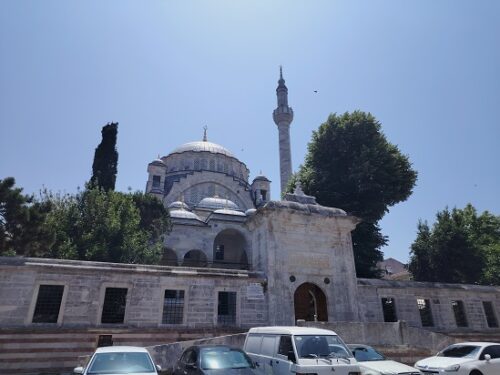
AYAZMA MOSQUE
Sultan Mustafa III ruled the Ottoman Empire for 17 years, from 1757 to 1774. During his reign, he rebuilt or commissioned several monumental structures, including the Fatih Mosque and the Laleli Mosque.
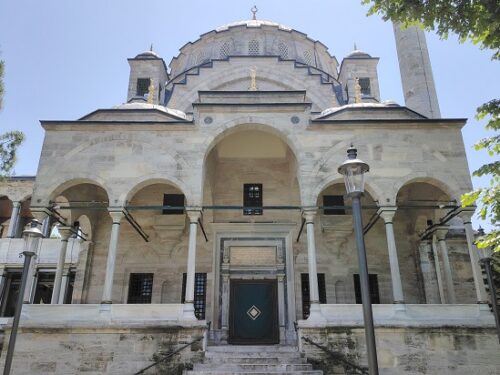
He also ordered the construction of the Ayazma Mosque in the prevailing 18th century Ottoman Baroque style. Desgined by Mimar Mehmed Tahir, the mosque was conceived as a smaller version of the Nuruosmaniye Mosque.
When comparing photographs of these two mosques, their striking resemblance becomes clear. The Nuruosmaniye Mosque effectively set the architectural template for later imperial mosques.

What distinguishes the Ayazma Mosque from other mosques, however, is the unique design of its front façade. It features a broad semi-circular staircase leading to a five-arched portico.
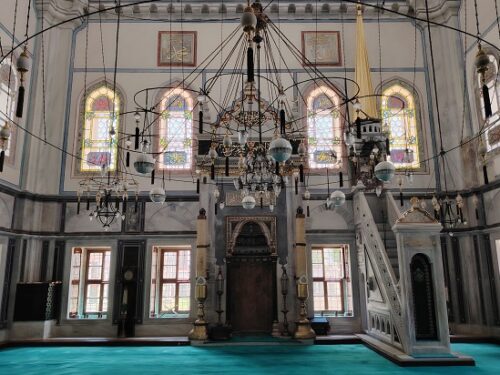
Rich Baroque carved stonework decorates the interior of the mosque, especially around the mihrab and minbar.

Completed in 1760, Sultan Mustafa III built the Ayazma Mosque in honour of his mother, Mihrişah Kadin.
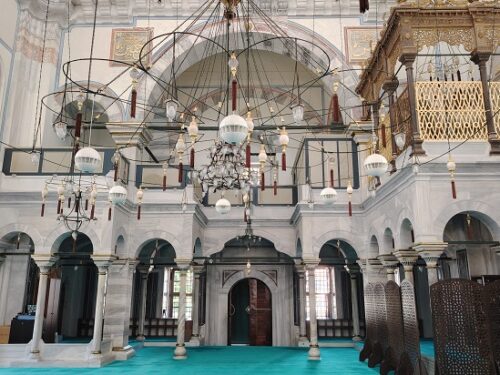
MIHRIŞAH KADIN
Now, a word about the woman in whose name they constructed this mosque. Emine Mihrişah Kadin was a consort of Sultan Ahmed III and the mother of Sultan Mustafa III.
She entered the imperial harem as a concubine and was given the slave name Mihrişah.
She bore four sons to Sultan Ahmed III. After his deposition in 1730, his nephew Şehzade Mahmud ascended the throne and all women from Ahmed’s harem moved to the Eski Palace. Sultan Mahmud I died in 1754 and was succeeded by Sultan Osman III, who reigned only three years before his death in 1757.
At that time, Şehzade Mustafa became Sultan Mustafa III.
However, Mihrişah Kadin had passed away in 1732, long before her son’s ascension. Therefore, she never held the the powerful title of Valide Sultan.
Her resting place lies within the Turhan Hatice Sultan mausoleum, next to the Yeni Mosque.
The title Kadin was given to imperial consorts and came into official use at the end of the 17th century. It remained in use until the abolition of the Ottoman Empire in the early 20th century.
Interestingly, by that time, these women were no longer referred to as sultans.
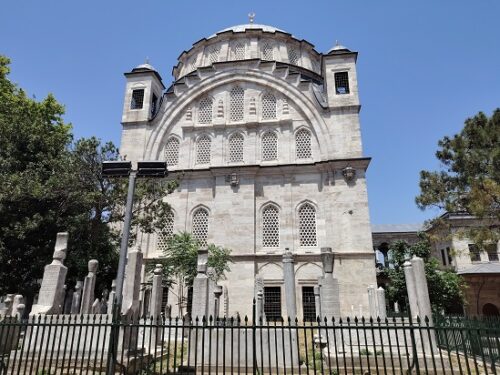
SHOULD YOU GO TO SEE AYAZMA MOSQUE?
The Ayazma Mosque forms an integral part of Istanbul’s vast Ottoman architectural heritage. Although it lacks the fame of the grand imperial mosques in the city’s main touristic zones, it has considerable historical and aesthetic value.
While often described as a replica of the Nuruosmaniye Mosque, it distinguishes itself through its setting, architectural detailing and historical associations.
In essence, a visit to the Ayazma Mosque may seem unnecessary, after seeing Nuruosmaniye. However, this monument retains its own significance as a unique structure dedicated to one of the many notable figures that shaped the long history of the Ottoman Empire.
For visitors to Üsküdar, a brief and pleasant walk from the port takes you to the mosque. It also offers the opportunity to encounter additional historic buildings along the way.
Back to Turkey


